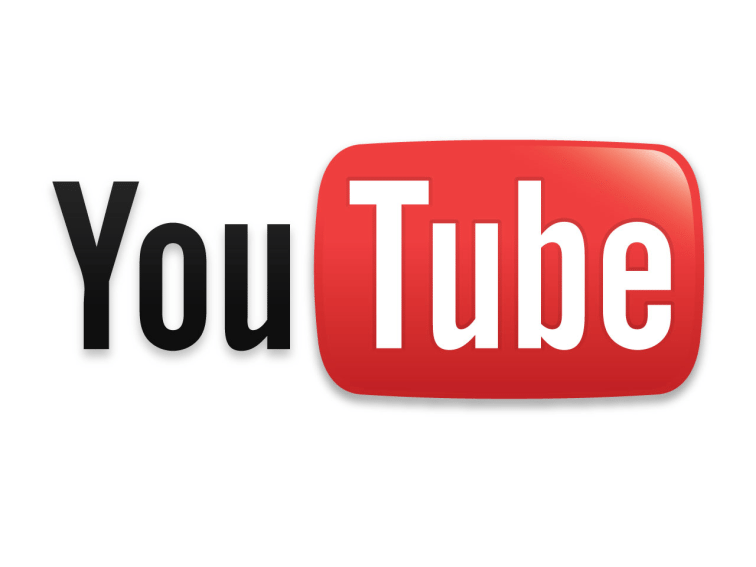
How To Help Students Tell Their Story Through Social Media
by TeachThought Staff
Human beings are storytellers by nature.
Children especially love to hear stories, but aren’t always so keen on telling their own. Partly because they’re kids. Telling stories is more about the imagination and the curiosity and even the tall tales, and less about articulating a narrative to a specific audience through innovative tools.
Advertising has become about telling stories as well—letting a company, CEO, or even customers explain who they are, where they come from, and what they value is the social media way.
Even our social media profiles are forms of storytelling. Through our avatars, photos we share, updates, likes, comments, RTs, favoriting, and other seemingly minor actions, we leave footprints that tell a story of where we’ve been, what we like, who we relate to, and how we want to be seen.
But in this social media era of powerful tools and always-on visibility, how can we coach students to tell their own story, but with care, craft, and tact, and in a way that communicates the right message with the right audience? This is at the core of digital citizenship.
With the available modern technology, it’s more possible now than ever before to tell incredible stories using amazing tools to the widest of audiences.
See also The Definition Of Transmedia
8 Tips For Helping Students Tell Stories In A Social Media World
1. Have A Story To Tell
This one is obviously important. To tell a story digitally and via social media, you’ll need something to say. Too often the focus is on the technology rather than the substance, and even in the case of the digital story with whiz-bang tools, the story is still the substance.
Some social media platforms can encourage image and pretense over the narrative or the storyteller and if you (and the students) know this going in, it’s easier to avoid.
Whether the “story” being told here is literal (e.g., a fictional narrative) or metaphorical (e.g., the story of an app’s development) isn’t as important as first focusing on what you’re trying to say.
2. Think Audience-First
Audience awareness is everything–especially on social media.
Who wants or needs to know something—that’s audience, and that audience needs to be at the forefront of all digital storytelling as you decide what the story is, and how it is going to be expressed. Whether the audience is a set of peers or a global organization, once a message is clear, the story must be crafted with the audience in mind.
This means thinking of where they “are”—their favorite blogs, social media platforms, YouTube channels, music, shopping sites, even their preferred mobile devices and operating system.
And think what they like to do when on those sites—sharing, commenting, starring, pinning—these habits will help decide how you should package your message.

3. Use Models. Lots Of Them
Students love models, as they give them something concrete to see to make their way through nebulous instructions and their own personal abstraction.
Seeing what others are doing—and have done—is a must. And with digital storytelling, this is simple. Any YouTube channel worth its salt has dozens of kinds of stories—some episodic, some formal, some informal, some funny, some serious. The digital era is as much about being seen as it is about information. See what’s already been said and done, and start there.
4. Works Backwards
In any project that’s the least bit comprehensive, backwards-planning can help.
Beginning with the end in mind—a model, for example—allows students to see a clear goal to guide their work. For example, if students are creating a 3-part video log (vlog) that explores their family’s history, then give a clear purpose, format, and topic from which a sequence can be planned—from the vlogs backward.
5. Build-in Choice From The Beginning
Students respond to having voice and choice in their work. Whether it’s an A-B choice (do X or Y), or a simple topic that they can create their own pathway to and through, given students the freedom to follow their curiosity and make important decisions is empowering.
What kind of choices? What kind of media to use, topics to explore, research sources to work from, digital tools to use, audience to create for, platforms to publish to, project management timeline, and many others.
6. Take Chances
Boring stories being told in boring ways make for bored readers, so take chances. Be different. Use sarcasm or anthropomorphism. Consider transmedia. Start at the end. Use flashbacks. Parody a popular song or movie. Use different perspectives. Mash media forms. Use one social media platform’s talents in contrast to another.
Tell the kind of story that hasn’t been told before.
7. Be Mobile
There are many apps that make digital storytelling accessible, if not simple. Strip Designer, iTalk Recorder, Book Creator, Mooklet, iMovie, Creative Book Builder, Toontastic, Voicethread and a thousand others all give students the tools they need to communicate a story.
And the best part of mobile storytelling could be the interaction it allows—in the classroom and beyond. Apps on iPads, smartphones, and even laptops help students move naturally in and out of groups, or from household to household at home in order to interview, record, remix, and save.
So while Vine, Facebook, twitter, Instagram, and other platforms may get all the ink, the process–and apps–behind them can help students really tell a story.
8. After considering 1-7, THEN Use Social Media
Once the story has been identified, researched, packaged, and told, publishing is the final—and most exciting—step.
By making the story public, whether to a closed Google+ Community, a public blog, a YouTube channel, or a facebook page, social media is the newspaper equivalent of dropping the student’s story on the front step for others to read. Without this step, the story is little more than an act of compliance in pursuit of a grade. The publishing to social media—or to another site and then shared across social media—is what helps all the work come alive in the 21st century.
Conclusion
A challenge right off the bat will be to help students understand not so much how to tell digital stories as why to tell them.
The most powerful way to address this? Modeling, modeling, and more modeling. See what’s already out there in the digital ether. Let them see what other classrooms or students specifically have done. Let them watch you tell a story—of your childhood, your teaching career, your dreams as a parent. Watch how documentarians tell the stories of soldiers, scientists, athletes, and musicians.
See how biographies turn a person’s life into a story—and then help them tell one of their own to share it with the world.
Image attribution flickr user surlygirl
